Ori Brafman is a multiple New York Times best-selling author. His new best seller, Radical Inclusion: What the Post-9/11 World Should Have Taught Us About Leadership, examines today’s leadership landscape and argues that inclusion is no longer a “nice-to-have” but a strategic imperative in the digital world.
Born in Israel and raised in Texas, Brafman specializes in unique approaches to problem solving. His ideas have been implemented by the U.S. government, Google, Microsoft, Cisco, Intel, the NBA, the NFL, Amazon, Facebook, Family Business Network, and PWC. He has advised all branches of the U.S. military, the Obama White House, and the Joint Chiefs of Staff.
Brafman is a Distinguished Teaching Fellow at UC Berkeley’s Haas School of Business and co-founder of the Fully Charged Institute. Ori holds a BA in Peace and Conflict Studies from UC Berkeley and an MBA from Stanford University’s Graduate School of Business.
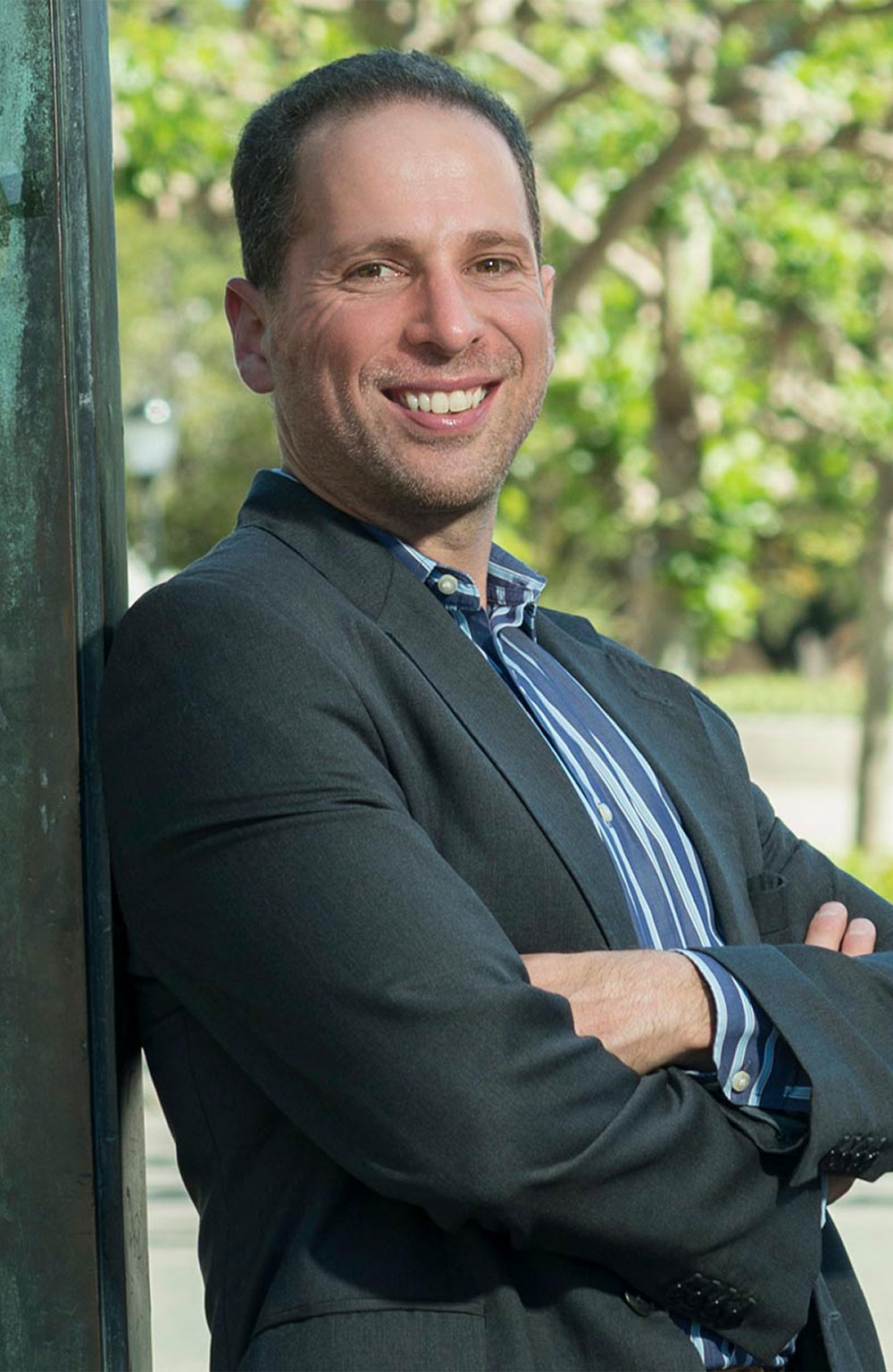
Ori Brafman is a multiple New York Times best-selling author. His new best seller, Radical Inclusion: What the Post-9/11 World Should Have Taught Us About Leadership, examines today’s leadership landscape and argues that inclusion is no longer a “nice-to-have” but a strategic imperative in the digital world.
Born in Israel and raised in Texas, Brafman specializes in unique approaches to problem solving. His ideas have been implemented by the U.S. government, Google, Microsoft, Cisco, Intel, the NBA, the NFL, Amazon, Facebook, Family Business Network, and PWC. He has advised all branches of the U.S. military, the Obama White House, and the Joint Chiefs of Staff.
Brafman is a Distinguished Teaching Fellow at UC Berkeley’s Haas School of Business and co-founder of the Fully Charged Institute. Ori holds a BA in Peace and Conflict Studies from UC Berkeley and an MBA from Stanford University’s Graduate School of Business.
Facing Our Fears:
Taking the First Step in Innovation and Business Transformation
By Ori Brafman
I got the call from my mom a little before midnight. My dad had fallen — the untreated skin cancer on his face was bleeding profusely, and he’d lost so much blood he’d passed out.
Through the past few years, my brother and I had pled with our dad to go see a doctor, but the response was always a litany of reasons why the medical establishment couldn’t be trusted. Instead he tried to find a cure through a variety of alternative and home-brewed treatments, everything from strange diets to enzymes to oils made from rare seeds and cannabis.
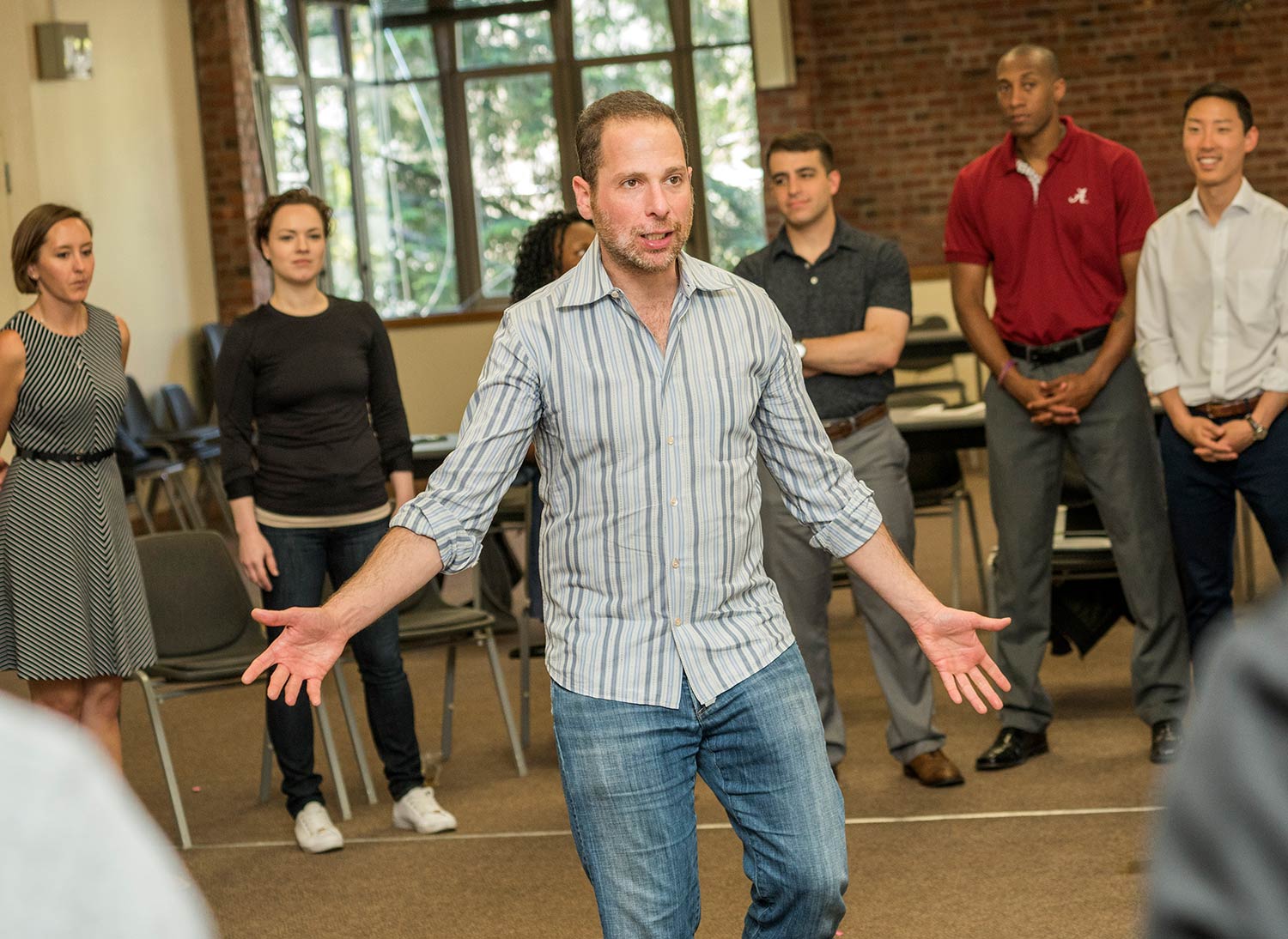
The morning after the fall, my brother and I tried everything to convince him to go get help. Finally, I put on a black hoodie, went outside, and tapped on his window with a long stick. Inside, my brother told our dad, “Look, it’s the angel of death. He’s here for you.” That bit of twisted levity finally got him to agree.
My brother picked up the phone and called 9-1-1. I watched my dad drift in and out of consciousness. An hour later we went from medicine circa 1500 A.D. to a modern emergency room where doctors gave him fluids, IV antibiotics, and three blood transfusions. Soon he was starting to feel better, but he was confused.
“What is this place?” he asked my mom. “They’re so nice and taking such good care of us.”
“The hospital,” she told him. He looked at her with amazement.
Before that day he couldn’t imagine a reality in which Western medicine worked so well and hospitals were so pleasant.
Over the next few days, he continued to marvel at the kindness and care he received. He even said at one point that he felt like he was at a resort, relaxing on vacation.
On the Other Side of Fear
Decompressing in the hospital waiting room, I recognized that if my dad had gone to see a doctor a few years earlier, the cure would have been a simple 10 minute outpatient procedure. But in fearing doctors so much, he got himself into such a dire state that he had to be hospitalized.
We now have Dad 2.0, who recognizes how much doctors have helped him and — in an ironic twist of fate — is trying as hard as he can to stay in the hospital. He is more appreciative of my mom, even more glad to be alive.
In trying to avoid his biggest fear, my dad manifested it. But on the other side of that fear was a reality he couldn’t possibly have imagined. And when that reality appeared, it was a joyous occasion.
Our outlook on reality affects the way we operate our businesses. When we’re afraid, we get locked into one way of looking at the world and become unable to imagine other possibilities.
Taking a hard look at our industries and businesses, what fears are we running away from? What opportunities are we missing out on? How do we confront our fears and run toward a new and better reality?

The first digital camera invented by Kodak engineer Steve Sasson in 1975.
The Downfall of Kodak
Back in the 1970s, a Kodak engineer named Steve Sasson came up with an invention. He created a device using a Super 8 movie camera, a digital cassette recorder, an analog-to-digital converter, and other parts connected through circuit boards. It was the world’s first digital camera.
The camera was slow, its images low-quality. So when Sasson showed it to his bosses, they weren’t exactly excited. Imagining a future world of digital photography, Sasson continued to work on the project undeterred. In 1977, he filed a patent for the “electronic still camera.” Ten years later he and a colleague developed the first DSLR camera, a major improvement on the prototype and similar to what we see on the market today.
Once again Sasson brought an invention to his bosses at Kodak. This time the marketing department recognized the value in the device and told Sasson they could sell it. But fearing that a digital camera would cannibalize its film business — and unable to imagine a world in which digital would be the standard and film a thing of the past — Kodak decided to shelve it rather than introduce it to the market. Kodak was able to make money off the patent, but that wasn’t enough. In 2012, the decision to shelve the digital camera would end up taking the entire company under.
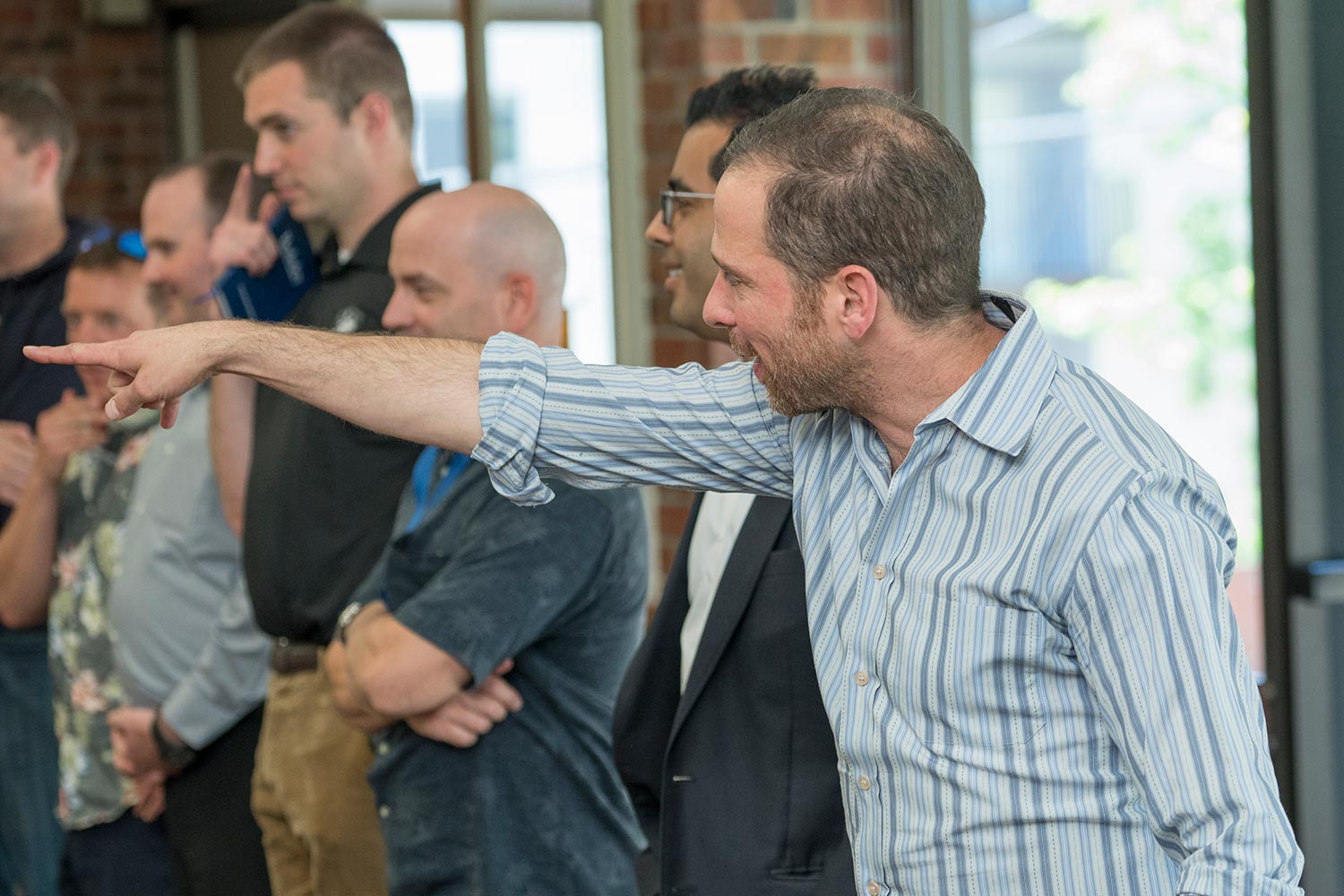
The Challenge for Innovating in Business and Industry
As business leaders, we fear an uncertain future. We fear we are not equipped to adapt to a rapidly changing environment. We fear technology will replace our workforce or, worse yet, make our business obsolete. Like Kodak with the digital camera, we may be so fearful of innovation and how it may disrupt our industry that we refuse to make changes within our company.
We have to ask ourselves: Is trying to ignore the impacts of a changing regulatory environment or a technological advance ultimately going to hurt the very company that we’re trying to protect?
Rather than running from our fears, we must face them. While we may at first be unable to imagine a reality different from the one in which we live, a different reality does exist — and so do strategies to thrive within it.
The Path Ahead
The biggest takeaway from my dad’s experience and Kodak’s downfall is that whether we’re a patient battling cancer, a military leader facing an uncertain future, or a CEO at the helm of a company facing industrial change, we can’t run away from our fears. To survive and thrive in today’s environment, we need to:
- Identify the elements in our work that trigger our fear
- Teach our organizations how to imagine a different future
- Build trust that enables those with good ideas to execute on novel plans
- Listen to those around us who will help us face and battle our fears
Together we can learn to innovate and transform our businesses, facing our fears about the future head-on. And when we do so, it will be a joyous occasion.
U.S. Army Strategic Broadening Seminar
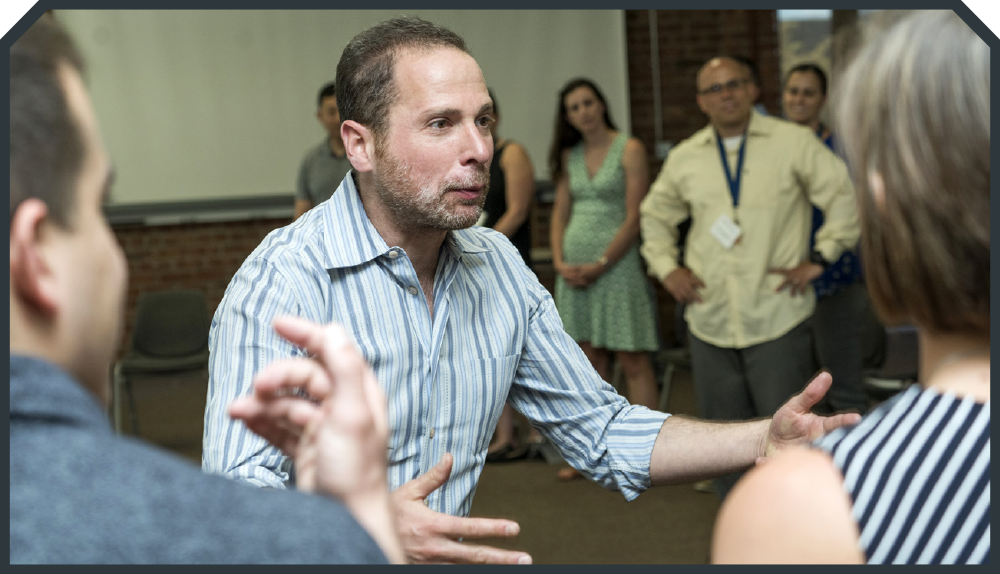
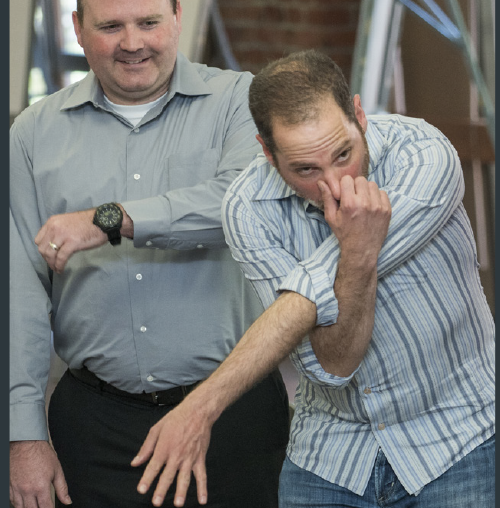
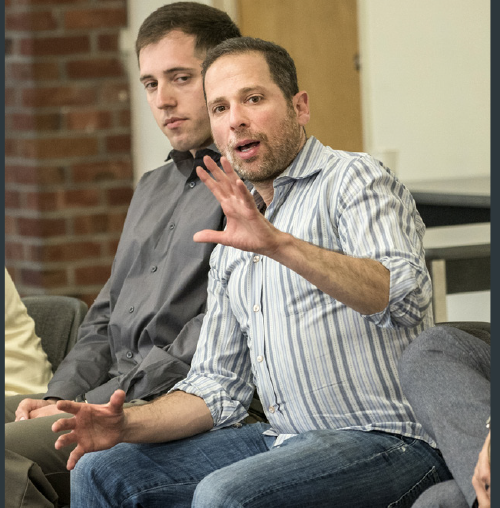
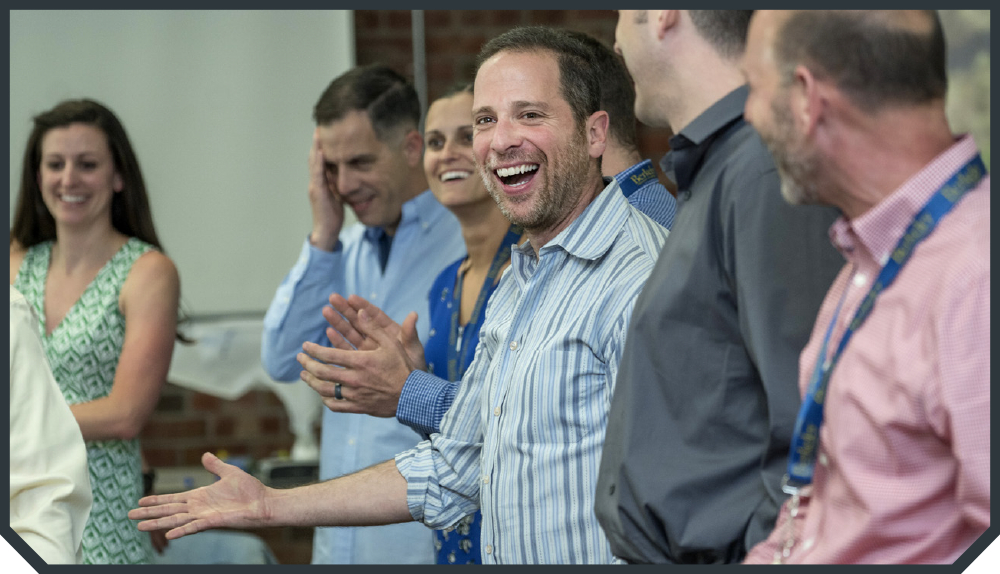
The U.S. Army Strategic Broadening Seminar provides select junior officers, warrant officers, senior non-commissioned officers, and Army civilians the opportunity to explore leadership and its organization through diverse curriculum and unique settings, which challenge their critical and creative thinking. Ori Brafman leads the UC Berkeley cohort, which applies Silicon Valley ecosystem characteristics to develop positive long-term change and reinforce the Army’s vision of developing agile and adaptive leaders.
The session highlighted in these photos is entitled Improvisational Leadership, a course in the theory and application of improvisational techniques to leadership communications and decision-making. It explores the broad principles of improvisation, a performing art form that has developed pedagogical methods to enhance individual spontaneity, listening and awareness, expressive skills, risk-taking, and one’s ability to make authentic social and emotional connections.
Such “soft” skills grow increasingly critical as leaders rise within organizations, and this session strives to develop participants’ business communication leadership skills, while enhancing both interpersonal intuition and confidence. Specific topics include introduction to improvisational theory, speaking and spontaneity, listening and awareness, emotional intelligence, and status and influence.
This session is designed to benefit any participant, from those who characterize themselves as shy and introverted to type-A, outgoing extroverts. Anyone can learn to improvise, and thinking “I’m not clever or quick-minded enough” is a misnomer — improvisation is not about being witty, as participants find out. It is about being extremely present and alert to the moment — mental muscles that can be developed, and that are directly applicable to leadership. The class atmosphere is mutually supportive and interactive, requiring only a willingness to take expressive and interpersonal risks.